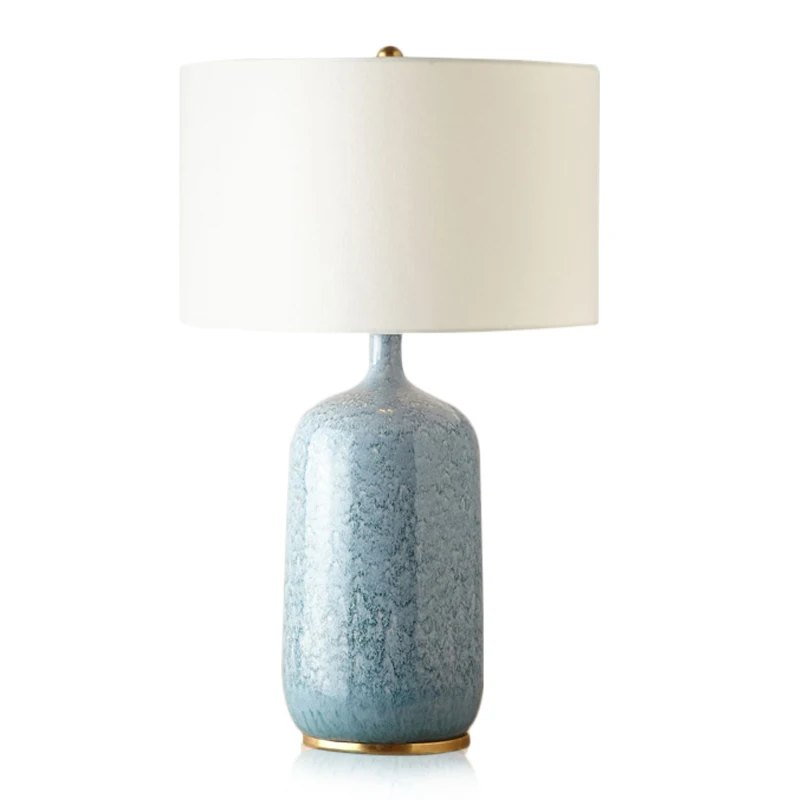
LEAFLETS
PRODUCTS
A Comprehensive Exploration of Floor Lamps Styles Features and Benefits Finding the Ideal Lamp to Suit Your Needs and Preferences
Styles: A Spectrum of Design
The world of floor lamps boasts an incredible variety of styles, catering to every imaginable taste and interior design theme. Traditional styles often feature ornate bases, perhaps crafted from wood, metal, or ceramic, with classic shades in fabrics like linen or silk. These lamps exude a sense of elegance and sophistication, perfectly suited for formal living rooms or studies. Think elegant arched designs with detailed carvings or stately tripod bases supporting a generously sized shade.
In contrast, modern and contemporary floor lamps prioritize clean lines, minimalist forms, and innovative materials. You’ll often find sleek metal constructions, perhaps in chrome, brushed steel, or matte black, paired with simple, geometric shades. These lamps are ideal for creating a clean, uncluttered look in modern homes and apartments. They can be incredibly versatile, working equally well as functional lighting or as sculptural pieces in their own right.
Beyond these two broad categories lie a multitude of sub-styles. Industrial-style floor lamps, for example, often feature exposed metalwork, Edison bulbs, and utilitarian designs. Mid-century modern lamps embrace the simplicity and organic forms popular in the 1950s and 60s, often featuring tapered legs and simple, elegant shades. Even eclectic styles exist, merging elements from different periods and aesthetics for a unique and personalized look.
Features: Functionality and Flexibility
Choosing a floor lamp involves considering more than just aesthetics. Practical features play a vital role in determining its suitability for your space and your needs. One crucial aspect is the height and base of the lamp. Taller lamps are ideal for illuminating larger spaces, while shorter lamps are perfect for smaller areas or as accent lighting beside a reading chair.
The type of shade is another important feature. Larger shades provide softer, more diffused light, perfect for creating a relaxed atmosphere. Smaller shades offer more focused illumination, ideal for reading or task lighting. Consider the material of the shade as well; fabric shades offer a warmer, more intimate glow, while glass or metal shades project a more crisp, contemporary light.
Adjustability is another significant feature to consider. Some floor lamps offer adjustable arms or flexible necks, allowing you to direct the light precisely where you need it. This is particularly useful for reading lamps or lamps used for tasks like sewing or crafting. Furthermore, consider the type of light bulb it uses. LED bulbs are increasingly popular due to their energy efficiency and longevity, offering significant long-term savings.
Benefits: Enhancing Your Living Space
Beyond simply providing illumination, floor lamps offer numerous benefits that enhance the overall functionality and atmosphere of a room. They provide targeted lighting, allowing you to highlight specific areas or objects, creating focal points and enhancing the visual interest of your space. This is especially useful in large rooms where ambient lighting alone might not be sufficient.
Floor lamps offer increased flexibility compared to ceiling lights or wall sconces. You can easily move them to different locations as your needs change, repositioning them to suit different activities or to optimize lighting for different times of day. They also add a touch of personality and style to your décor, acting as eye-catching design elements that contribute to the overall aesthetic of the room.
Furthermore, floor lamps can be a cost-effective solution for enhancing your lighting scheme. Compared to installing additional ceiling fixtures or rewiring for wall sconces, floor lamps are a far more affordable and less intrusive way to upgrade your home’s lighting. Their portability allows for easy relocation and adaptation to changing needs, making them a flexible and long-term investment.
Finding the Ideal Lamp: Considerations and Tips
Selecting the perfect floor lamp involves careful consideration of your individual needs and preferences. First, assess the size and style of your room. A large, ornate lamp might feel overwhelming in a small space, while a minimalist lamp might look lost in a spacious living room. Consider the existing décor and choose a lamp that complements, rather than clashes with, your current style.
Think about the purpose of the lamp. Is it primarily for ambient lighting, reading, or task illumination? This will influence the type of shade, height, and adjustability you require. Pay close attention to the light bulb requirements and consider energy-efficient options like LEDs. Finally, don't be afraid to browse a variety of options, comparing styles, features, and prices before making a final decision.
Ultimately, choosing the right floor lamp is a balance between aesthetics and functionality. By carefully considering the factors discussed above – style, features, and benefits – you can find the perfect lamp to enhance your living space, create the desired ambiance, and illuminate your life in style.
SUBSCRIBE
INQUIRY










